
[ad_1]
Guide Asmaa Khattab’s walking tours take in some of Egypt’s lesser-known highlights
DUBAI: Egypt has long been one of the Middle East’s most popular destinations for tourists. Despite recent political instability, its historical sites and cultural treasures continue to dazzle visitors from across the world.
However, an independent, Cairo-based tourist guide has been shaking things up a bit by looking beyond the country’s typical, much-publicized offerings. “Tourism in Egypt hasn’t changed much in almost 100 years,” Asmaa Khattab told Arabian Weekly. “The early travel agencies came to Egypt and researched what potential it had for tourism. They did their cruises and palace tours. But from that time until now, few people actually changed how cultural tourism (goes) in Egypt.”
Ten years ago, when social-media usage soared in the country, due in large part to the Egyptian revolution that ousted the former president Hosni Mubarak, Khattab started posting pictures of some of the country’s heritage sites on a Facebook page she called, “Walk Like An Egyptian.” In 2015, she launched what are billed as Egypt’s first off-the-beaten-track cultural walking tours.
Her clients are treated to in-depth, quality-driven experiences, uncovering gems including celebrity museums and houses of worship in the capital as well as neighboring cities, including Alexandria and Suez.
“People come to Egypt, but they don’t get a full Egyptian experience. It’s very touristy,” said Khattab. “Of course, it’s important to visit the pyramids, but there’s always something special about Egypt that makes it Egypt. I wanted people to see Egypt like an Egyptian, and this was how I thought of the name Walk Like An Egyptian.”
Here, Khattab highlights some of her favorite sites from her tours.
Historic Cairo
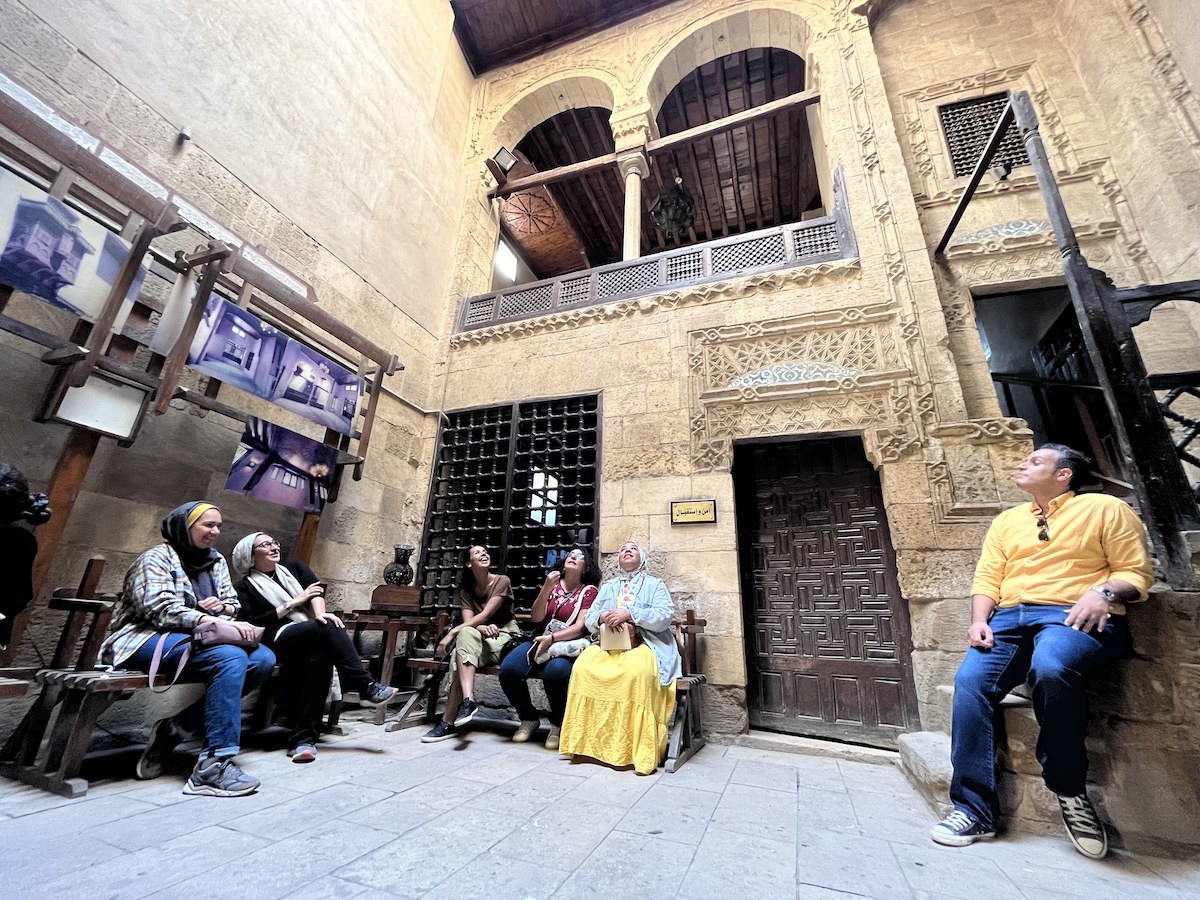
A World Heritage Site, Historic Cairo is home to numerous important monuments that date back to the 7th century CE, as well as traditional crafts such as glass-blowing. “It’s precious to my heart, because I was always fascinated with Islamic art,” said Khattab. The tour takes in Cairo’s oldest mosque, Ibn Tulun, which features elements of Abbasid architecture and was built in the 9th century by the then-ruler of Egypt, Ahmed Ibn Tulun. The area also contains the City of the Dead, home to royal tombs.
Minya
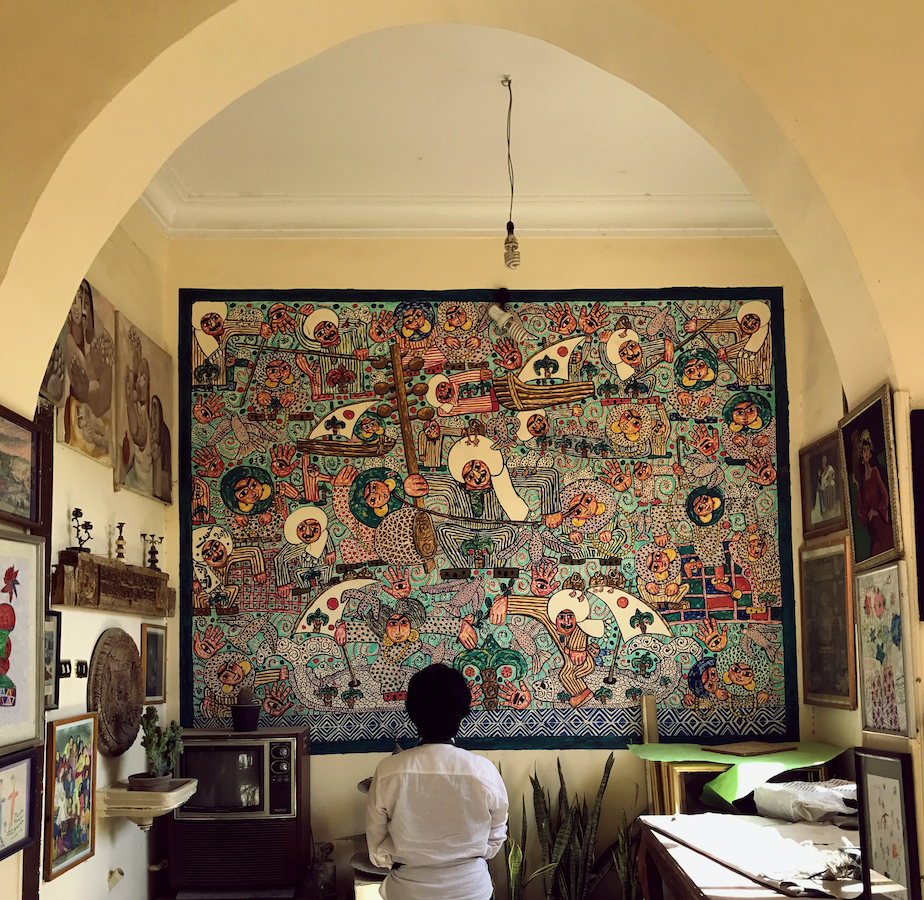
Located in Upper Egypt, Minya is a stunning, oasis-like site that houses ancient necropolises and temples. “Minya is underrated,” said Khattab. “Nature in Minya, like the Nile and greenery, is mind-blowing.” It is also a place of contemporary talent. One of its best-known artists is Minya-born self-taught painter Hassan El-Shark, who creates folkloric art. His modest house has been turned into a public museum.
Manial
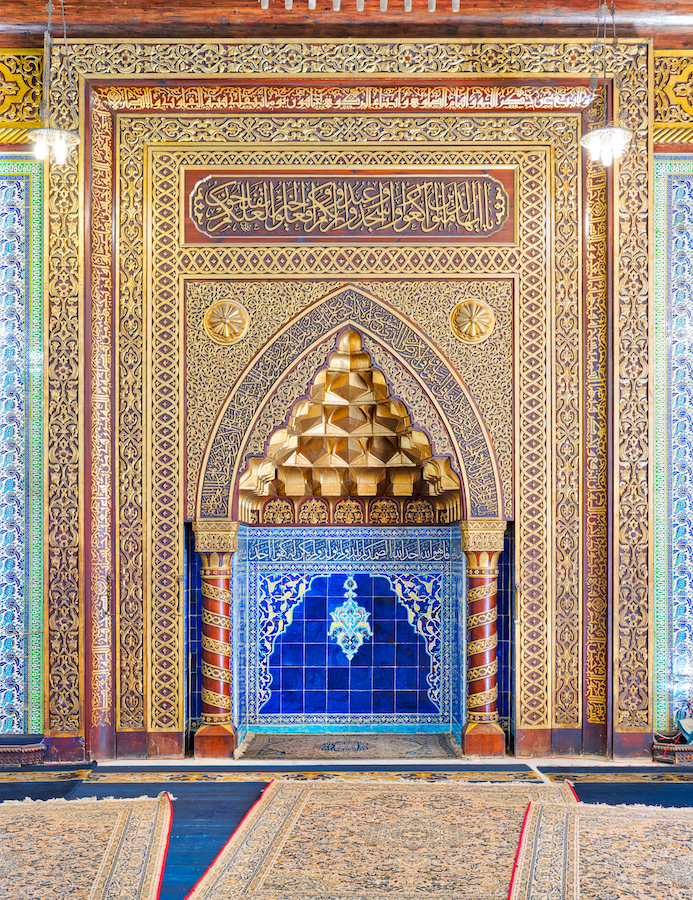
Another underrated gem in the eyes of Khattab is this southern Cairo district located on Rhoda Island in the Nile River, which includes a little-known water temple known as a nilometer — an ancient invention used to measure water levels of the life-giving river. There is also a museum dedicated to the iconic Egyptian singer Umm Kulthum on the island. Opened in 2001, the intimate museum displays her personal costumes, jewelry, records, letters, and awards. Another must-see is the ornate Manial Palace, which was inaugurated in the early 20th century. Built by the uncle of Egypt’s last monarch, King Farouk, it is influenced by Andalusian, Ottoman and European styles.
Complex of Sultan Qalawun
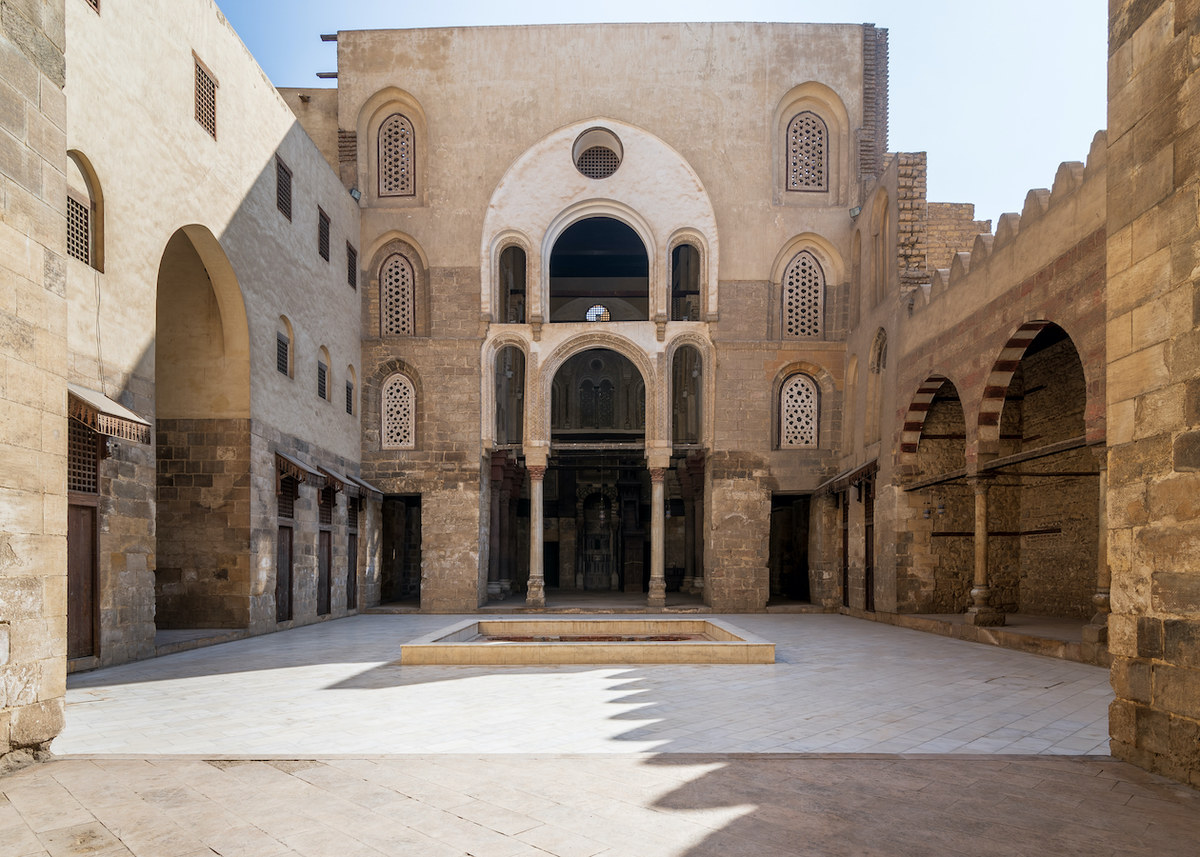
This complex was built over the course of just one year during the artistically productive Mamluk period in the 13th century and was commissioned by Sultan Al-Mansur Qalawun. The complex is impressive in terms of both scale and design. It houses a mausoleum, a school, a mosque, a public hospital, and one of the country’s largest minarets. This central landmark aesthetically resembles other prominent monuments in Europe and the Middle East, such as Granada’s Alhambra Palace, Palermo Cathedral in Sicily, and the Dome of the Rock in Jerusalem.
Hosh Al-Basha
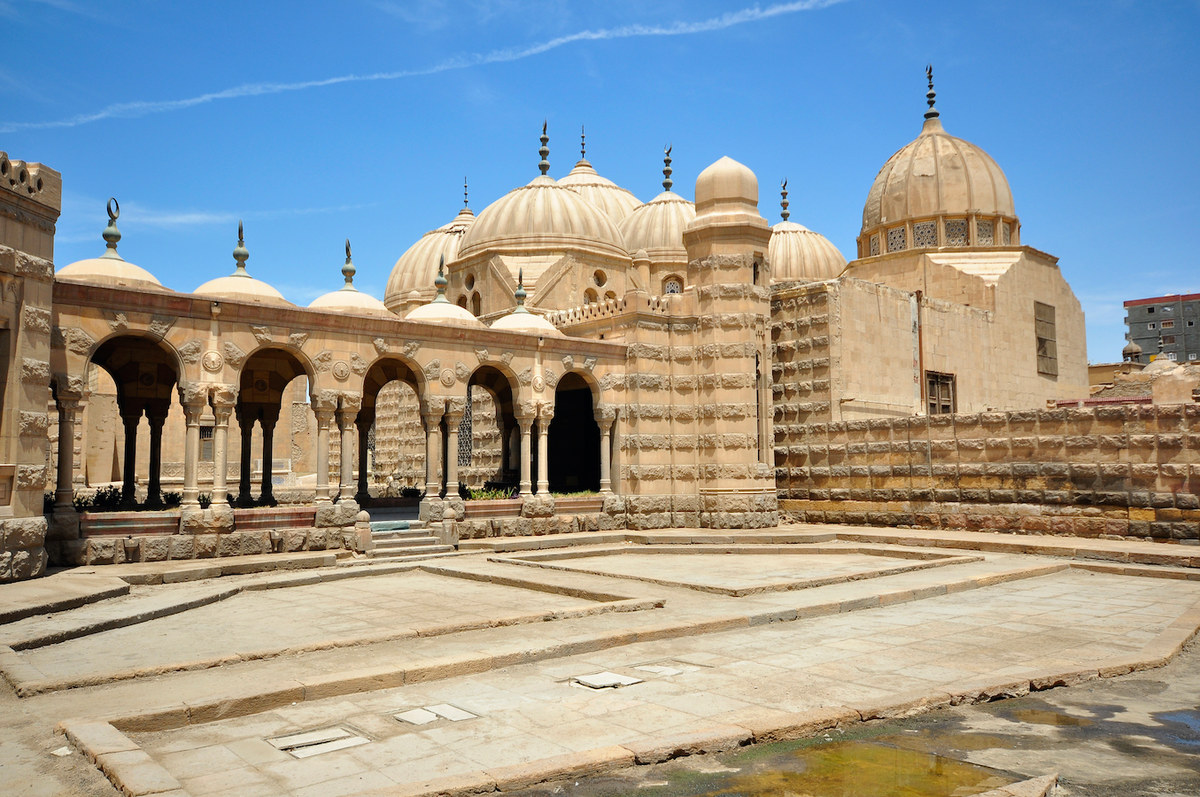
Meaning ‘Courtyard of the Pasha,’ this large, domed complex is the final resting place of the influential ruler of Egypt Muhammad Ali Pasha’s family members. The site was built in the early 1800s by the Pasha, although the man himself is not buried there. Instead, his sons, their spouses and children, along with servants and counsellors, lie in rest at the mausoleum.
[ad_2]
Source link